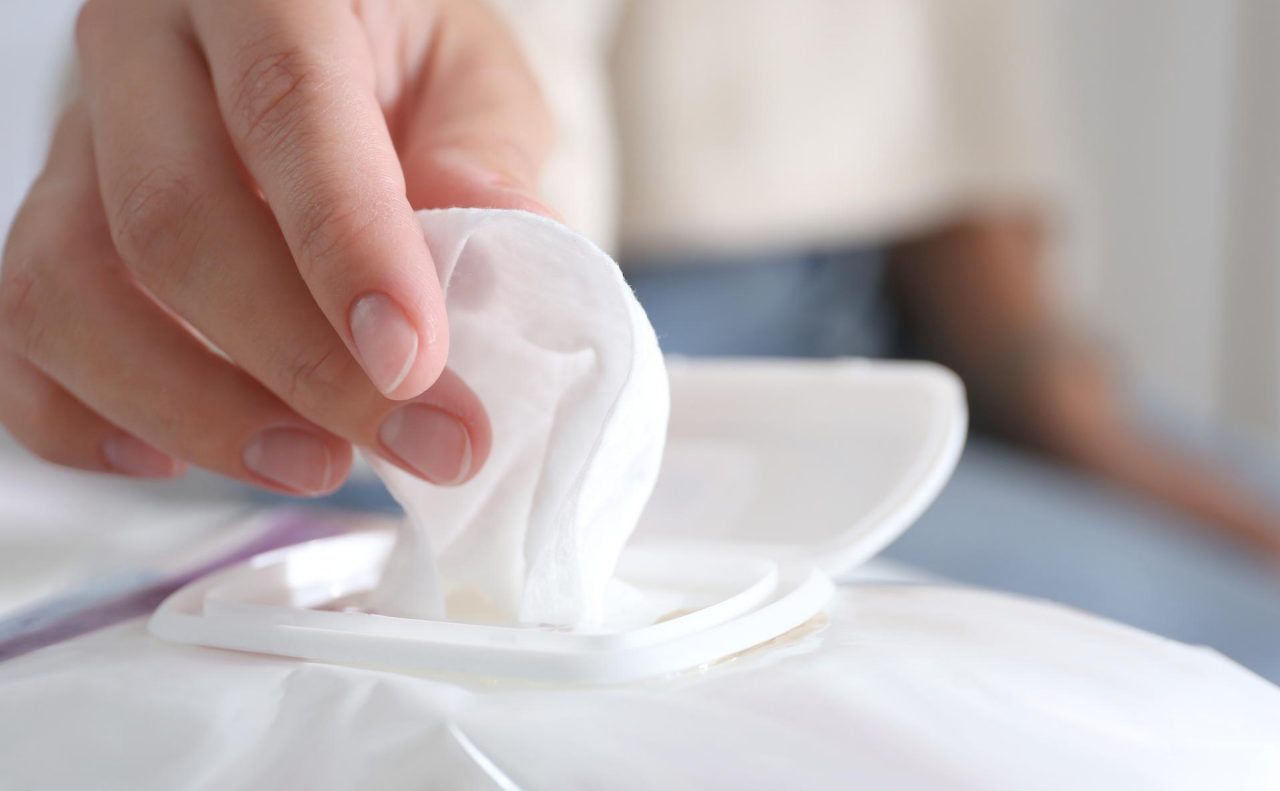Evolution of Surface Disinfection Practices in US Hospitals
Understanding Challenges and Trade-Offs
In 2024, Arxada launched a comprehensive effort to understand the needs and behaviors of key stakeholders in healthcare facilities—Infection Preventionists, EVS staff, Materials Managers, and Buyers—when it comes to surface disinfectant products like wipes, and concentrated and ready-to-use liquids Through interviews, focus groups, and surveys with over 150 healthcare professionals, we gained valuable insights.
The Evolution of Surface Disinfection Practices in US Hospitals: Understanding Challenges and Trade-Offs
In the demanding environment of US hospitals, the decisions nurses and Environmental Services (EVS) staff make about disinfection products can have far-reaching implications—not only for infection prevention but also for operational complexity and staff training. Over time, increasing challenges for maintaining clean and disinfected surfaces have resulted in a move from a narrow set of disinfection products used to an increasingly more complex and diverse product portfolio. This product complexity highlights how usage behaviors have evolved and, while addressing certain drawbacks with previous products, has introduced new challenges that demand attention.

From Limited Options to Diverse Choices
Historically, many hospitals relied on 1–2 surface disinfection products across 1–2 brands. Having a reduced number of options made disinfection practices easy to standardize, but the solutions of choice came with notable drawbacks:
- High corrosion: The emergence of Clostridioides difficile (C. diff) drove the need for more aggressive chemistries like bleach, which can damage equipment and surfaces.
- Bleach odor everywhere: The strong smell of these aggressive chemistries caused discomfort for staff and patients, sometimes leading to complaints.
- Residue everywhere: Persistent residue became a cleaning burden for staff and impacted aesthetics and safety.
To address these issues, hospitals gradually moved to more varied options. Today, it’s common for facilities to use 3–6 disinfection products across 2–4 brands1. This shift has allowed hospitals to better match the type of surface or material to a specific disinfection chemistry that causes the least damage. For example, delicate medical equipment or sensitive materials can be paired with gentler formulations, reducing the risk of wear and tear over time. However, while this transition has reduced some of the earlier concerns, it has also introduced its own set of challenges.
1: Arxada surface disinfectant usage trends survey 2024, with responses from 110 disinfectant users and buyers across 90+ acute care and ambulatory health care facilities
New Challenges with Increased Complexity
The adoption of a broader range of products created new operational challenges and hurdles that hospitals are now grappling with, including:
- Training Gaps: Staff must learn to use multiple products with unique protocols, increasing the risk of improper use.
- Missed Economies of Scale: Purchasing from multiple brands can reduce cost efficiency, increasing overall expenditure.
- Harder IFU Compliance: Following Instructions for Use (IFU) becomes more complex with a larger variety of products, raising compliance risks.
- Inventory Management Challenges: Stocking and monitoring diverse product inventories demand more time and resources.
- Infection Control Gaps: Products may have different efficacy levels against pathogens like C. difficile, Mycobacterium bovis (TB), Norovirus, and Candida auris, leaving critical vulnerabilities.
- Dwell Time Confusion: Differences in product dwell times can lead to inconsistencies, citations, or ineffective disinfection practices.

What’s Been Gained?
Despite the added complexity, hospitals have seen improvements in some areas:
• Reduction in Corrosion, Odor, and Residue: By selecting products tailored to specific needs, hospitals have been able to mitigate issues that plagued earlier solutions.
Striking the Right Balance
The shift from a simple product mix to a broader selection reflects a trade-off between operational simplicity and targeted effectiveness. While addressing the limitations of earlier disinfection protocols, hospitals must now focus on mitigating the challenges introduced by product diversity. This means investing in:
• Robust staff training programs
• Streamlined inventory management systems
• Careful selection of products that balance efficacy, ease of use, and cost efficiency
Looking to the future, the next stage of innovation lies in new chemistry and formulations that can deliver the benefits of multiple products in one solution. These "all-in-one" formulations would combine high efficacy against a broad range of pathogens while eliminating issues like corrosion, residue, and odor. Such innovations would simplify protocols, reduce training gaps, and streamline inventory management—all without compromising performance. These advancements promise to redefine surface disinfection practices and further empower hospitals to maintain safer and more efficient environments.
Use biocides safely. Review and follow all product label and safety instructions, available at www.arxada.com. © 2025 Arxada.
Reach out to your account manager or carley.taylor@arxada.com to learn more